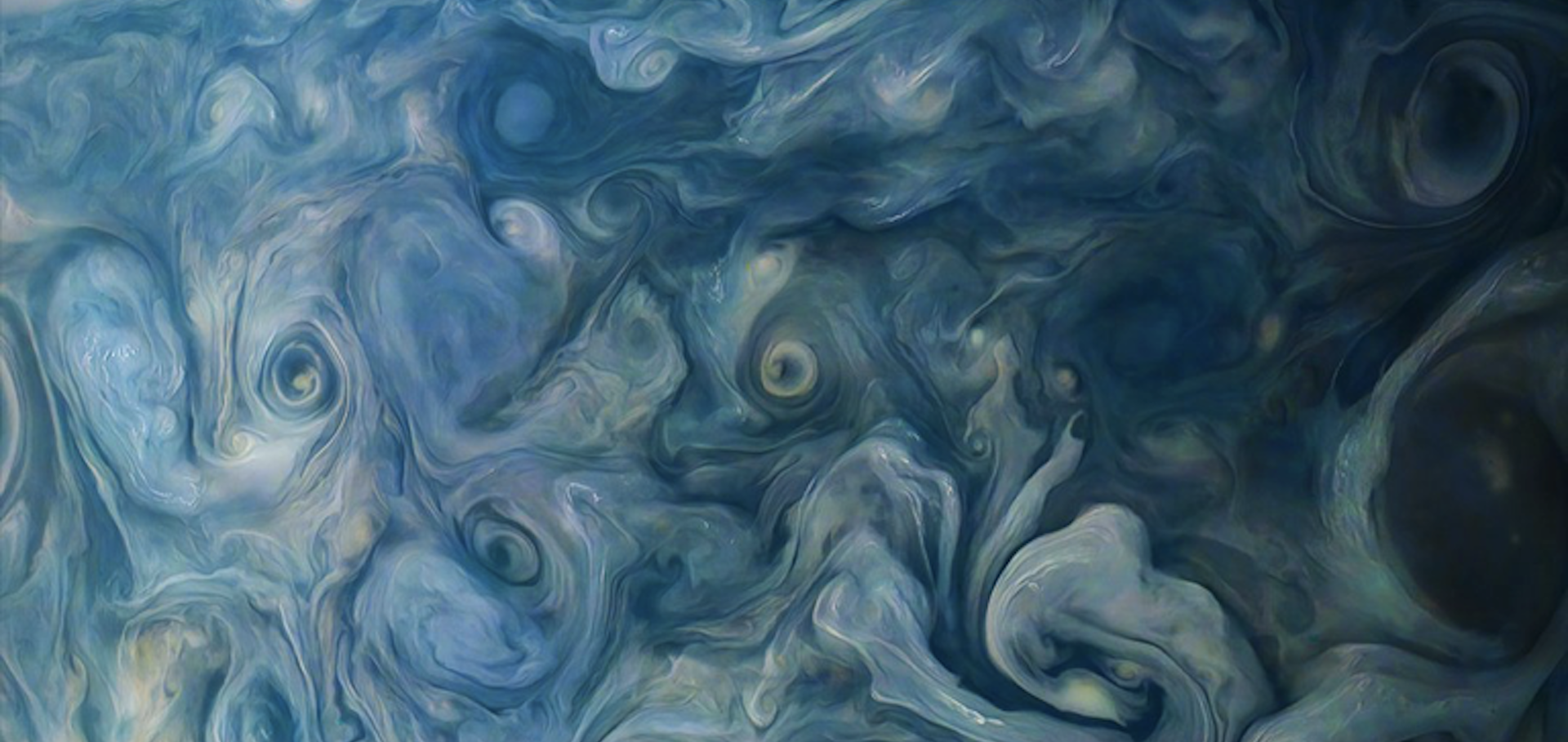Black Mirror: The impact of rotational broadening on the search for reflected light from 51 Pegasi b with high resolution spectroscopy
Astronomy & Astrophysics EDP Sciences 659 (2022) a121
Black Mirror: The impact of rotational broadening on the search for reflected light from 51 Pegasi b with high resolution spectroscopy
(2022)
High-resolution spectroscopy
Chapter in ExoFrontiers: Big Questions in Exoplanetary Science, IOP Publishing (2021) 8-1
Abstract:
High-resolution spectroscopy (HRS) allows resolving the spectrum of an exoplanetary atmosphere into individual lines and using the Doppler shift of the planet spectrum to disentangle it from other sources, such as telluric contamination and the host star spectrum. The method excels at identifying chemical species with numerous spectral lines and can be used for transmission, day/night-side emission, and reflected light spectroscopy. This chapter discusses the state of the art and important questions and goals for HRS, the opportunities it offers and the challenges it faces.High-contrast observations of brown dwarf companion HR 2562 B with the vector Apodizing Phase Plate coronagraph
Monthly Notices of the Royal Astronomical Society Oxford University Press (OUP) 506:3 (2021) 3224-3238
Vector-apodizing phase plate coronagraph: design, current performance, and future development [Invited].
Applied Optics Optica Publishing Group 60:19 (2021) d52-d72


